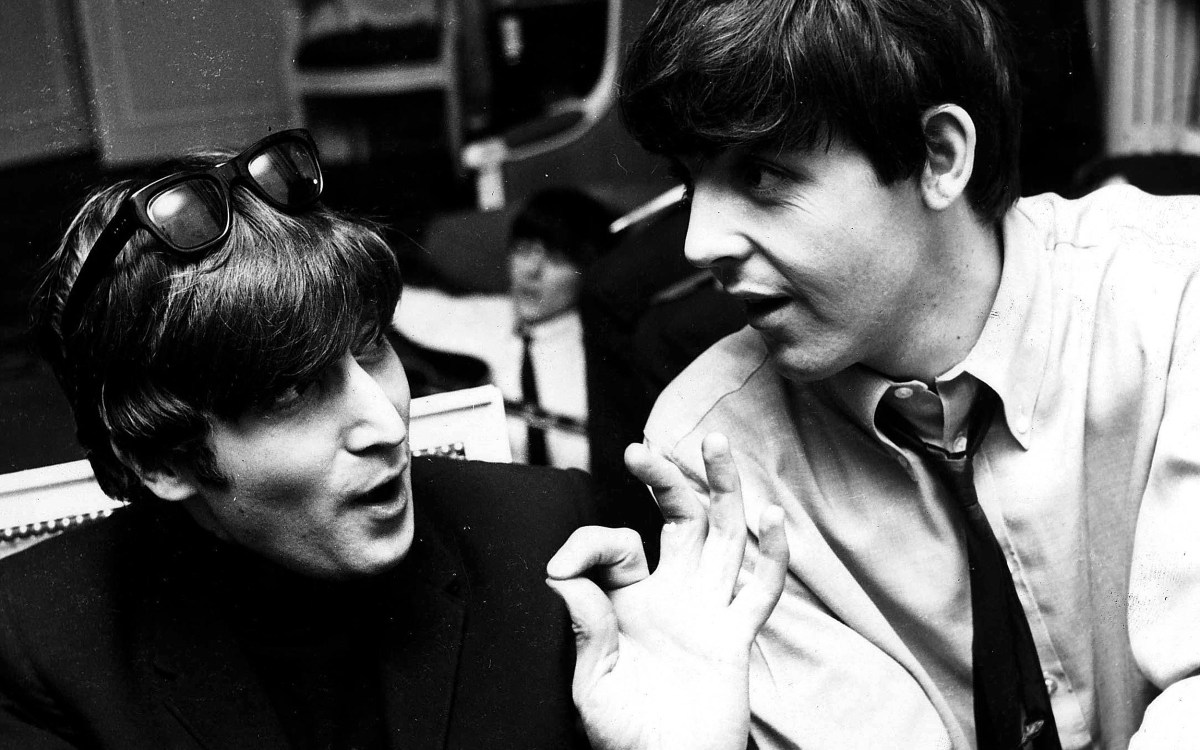Video by Justin Saglio and Kai-Jae Wang/Harvard Staff
Our endless fascination with pi
Physics lecturer Jacob Barandes breaks it down for us with help from his 9-year-old daughter, Sadie
For centuries, pi — the ratio of a circle’s circumference to its diameter — has fascinated mathematicians and scientists. The number, which is infinite but never falls into a repeating pattern, is used in formulae throughout the sciences. For more perspective on the significance and fascination with the number, for Pi Day (3.14) the Gazette spoke with Jacob Barandes, a lecturer and director of graduate studies for physics.
Q&A
Jacob Barandes
GAZETTE: Why do you think pi has fascinated people for so long?
BARANDES: People have needed to calculate distances around circles and the areas of circles for a very long time, so the concept of pi has been around for millennia. But pi kept thwarting early efforts to pin numbers down to simple cases.
Many people know that pi isn’t a rational number, meaning that it can’t be expressed as a whole number divided by another whole number. But pi is also a transcendental number, meaning that it isn’t the square root of a rational number, or even the solution to anything like a simple equation involving x’s and x-squareds and x-cubes. So pi is the most familiar and concrete example of what’s known as a transcendental irrational number, and today we know that transcendental irrational numbers are actually vastly more common than rational numbers.
When expressed as a decimal expansion, pi never repeats. All kinds of patterns show up in its decimal representation, so it looks random, but obviously we can predict as many of its digits as we want given enough computing power and time, so it’s also deterministic.
“It’s remarkable that something so close to us that’s been with us for so long continues to offer up so many wonderful mysteries.”
Early efforts to calculate pi with increasing levels of accuracy presaged advanced developments in mathematics like limits and calculus, and pi also started showing up in lots of examples far beyond its humble origins, from higher-dimensional geometry to number theory to astronomy to quantum mechanics. It’s remarkable that something so close to us that’s been with us for so long continues to offer up so many wonderful mysteries.
GAZETTE: There is a theory that pi contains every possible number sequence, and if that’s the case, it could — in theory — encode every story that’s ever written, or ever will be written. This makes the number feel almost cosmic in its dimensions.
BARANDES: There’s an old idea going back at least to the fictional “Library of Babel” described by Jorge Luis Borges in the 1940s about an imaginary infinite library containing every possible book that could ever be written, organized systematically so that as you might imagine moving from one room to the next, you could eventually obtain whatever book you want, down to the last letter. If you eventually arrive at the book you’ve been seeking, have you discovered it, or have you invented it?
It’s not known for sure whether the decimal representation of pi contains every conceivable pattern of digits that one could imagine, but many mathematicians think that it might be true.
We can encode any letter or punctuation mark in terms of numerical digits, so this would mean that pi is essentially that Library of Babel. Every name, every story, every aspect of anyone’s life — the entire history of every possible universe — all of it would be stored somewhere in the infinite list of digits in the decimal representation of pi.
Of course, pi wouldn’t be unique in potentially having this feature — it could be true of infinitely many other irrational numbers as well. But it does make one wonder about what breathes life into the particular universe which we inhabit, when infinitely many other universes are in principle encoded in a specific number like pi. That’s certainly a philosophical question if I’ve ever heard one.








